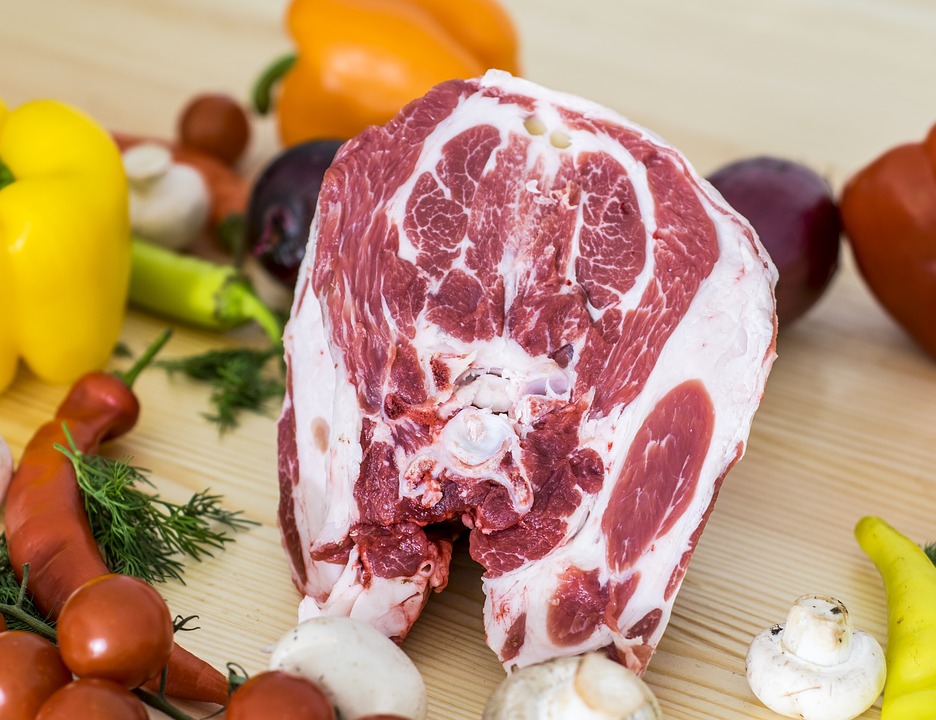Goat: everything about this tasty and healthy meat
Many people do not like this type of meat because it has a specific smell, however, if it is properly processed and prepared, the dishes from it are very tasty, nutritious and healthy. This is what my blog is about today.
A bit of history:
Most often goat meat can be found in the Asian and African dishes. This is due to the availability of the meat in these regions. In Europe and America, it is used less frequently – mainly in villages. In large cities, goat meat is rarely found on the shelves of supermarkets; therefore, it is classed as a delicacy.
The history of many nations is tightly connected with this animal. This applies not only to cooking. In Christianity, the goat is associated with the image of Satan – a weakness of the personality. As for the scapegoat, this expression is also associated with religion. Below him hides the sacrifice of Jesus Christ, who took upon himself all the sins of humanity. In Judaism, the scapegoat serves as an animal on whom sins were “imposed” and released into the desert.
Nutritional value of goat meat:
Goat meat is a meat containing very low levels of fat. It is recommended for people who are on a diet because of an illness. It is indispensable for people who want to lose weight.
Goat meat is rich in vitamins A, E, B, H and PP and fatty acids. Compared with pork and beef, it contains a minimum amount of harmful cholesterol. It is rich in calcium, iron and magnesium. In goat meat there are no carbohydrates, and the protein content is 27 grams per 100 grams of product, whereas the fat is only 3 grams.
The nutritional value of goat meat is lower than, for example, in lamb or pork, but higher than in beef or deer meat. It is easy to track in the following table with calorie content:
Meat variety – Calories, kcal / 100 g
Goat meat 216
Lamb 223
Fatty pork 490
Lean pork 315
Beef 188
Venison 155
Horse meat 142
Rabbit meat 183
Goat meat 216
Lamb 223
Fatty pork 490
Lean pork 315
Beef 188
Venison 155
Horse meat 142
Rabbit meat 183
Beneficial properties of goat meat:
Properly cooked tender goat meat has not only a pleasant taste, but also a lot of useful properties:
1. Goat is a lean meat that can be given to young children in the form of complementary foods. Nutritionists advise women and men who want to lose weight to change to eating goat meat. It is easily absorbed without causing discomfort in the stomach and intestines.
2. This meat contains a minimum amount of cholesterol, which is very important for many people who suffer from high cholesterol levels. This prevents blood clots from forming in the vessels.


